We spend about a third of our lives in bed – even more if you tally up all those hours spent watching Netflix on a laptop, half asleep – so it makes sense to invest in quality bedding. And according to the National Sleep Foundation, you should replace your pillows every one to two years and your sheets every two years. So you should likely replace those bedding essentials to ensure you get the best night’s sleep possible. And because not all sheets, blankets and pillows are created equally, we’ve got the scoop on what to look for (plus all the mistakes you should avoid).
Published June 29, 2019, Updated February 4, 2020
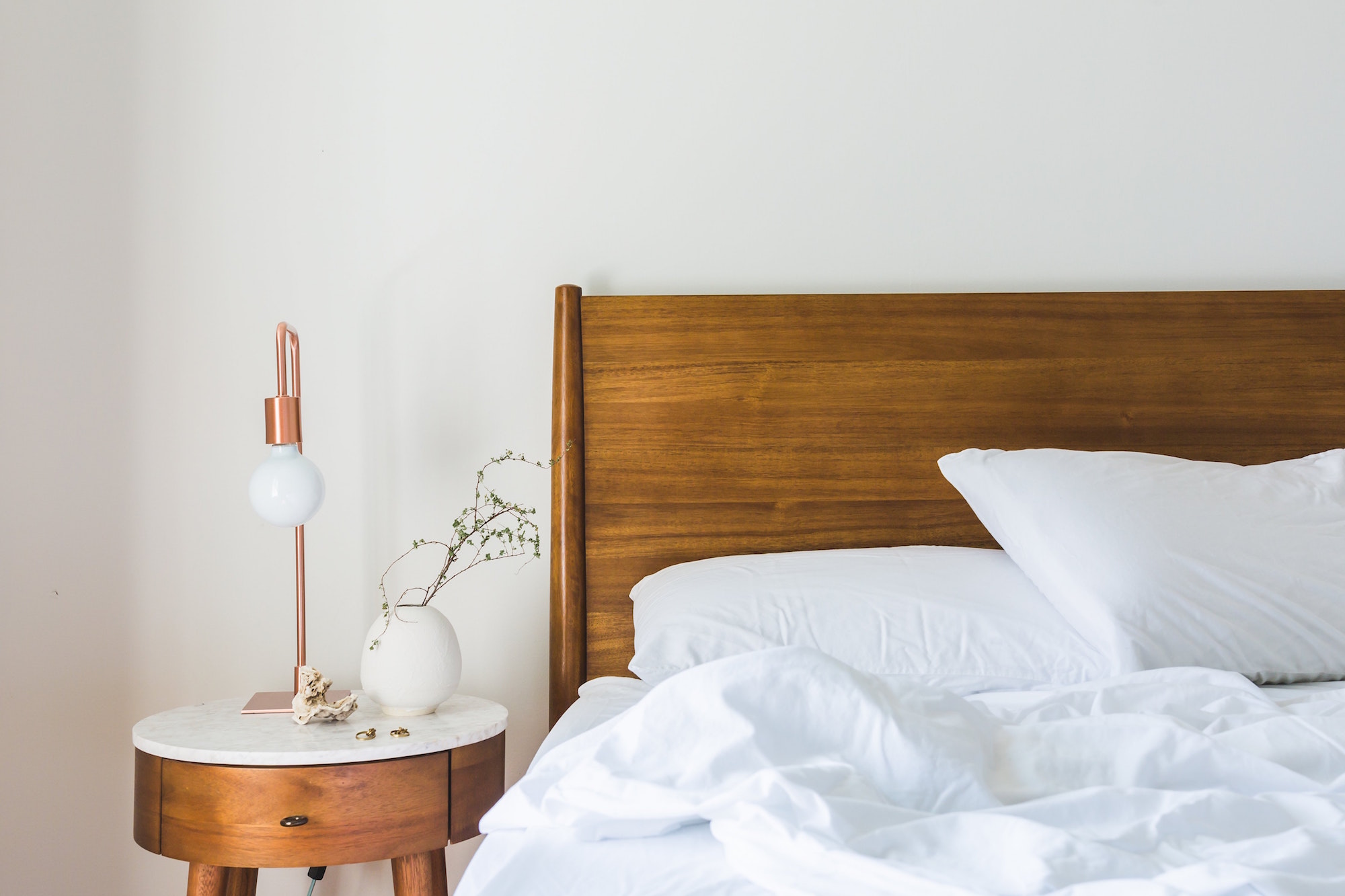
A Higher Thread Count Isn’t Always Better
The higher the thread count, the more luxe the sheets, right? Actually, no. (We were surprised to learn this, too). When it comes to thread count, higher numbers only make a difference when the fabric is single ply; some manufacturers will use two-ply, which automatically doubles the thread count but lessens the quality. The rule of thumb: set a budget and choose single-ply sheets with the highest thread count you can afford.

Know Your Fabrics
With so many fabric options on the market – percale! sateen! jersey! poly blend! – choosing a set of sheets can seem downright daunting. But it all boils down to personal taste. If you like a sexy, satiny sheet, go for sateen. Crisp and cool? You want percale. If you love all things soft and cuddly, it’ll be jersey. And if slightly scratchy is your thing (no judgment), may we suggest polyester?
Related: 10 Surprising Reasons You’re Not Getting a Good Night’s Sleep
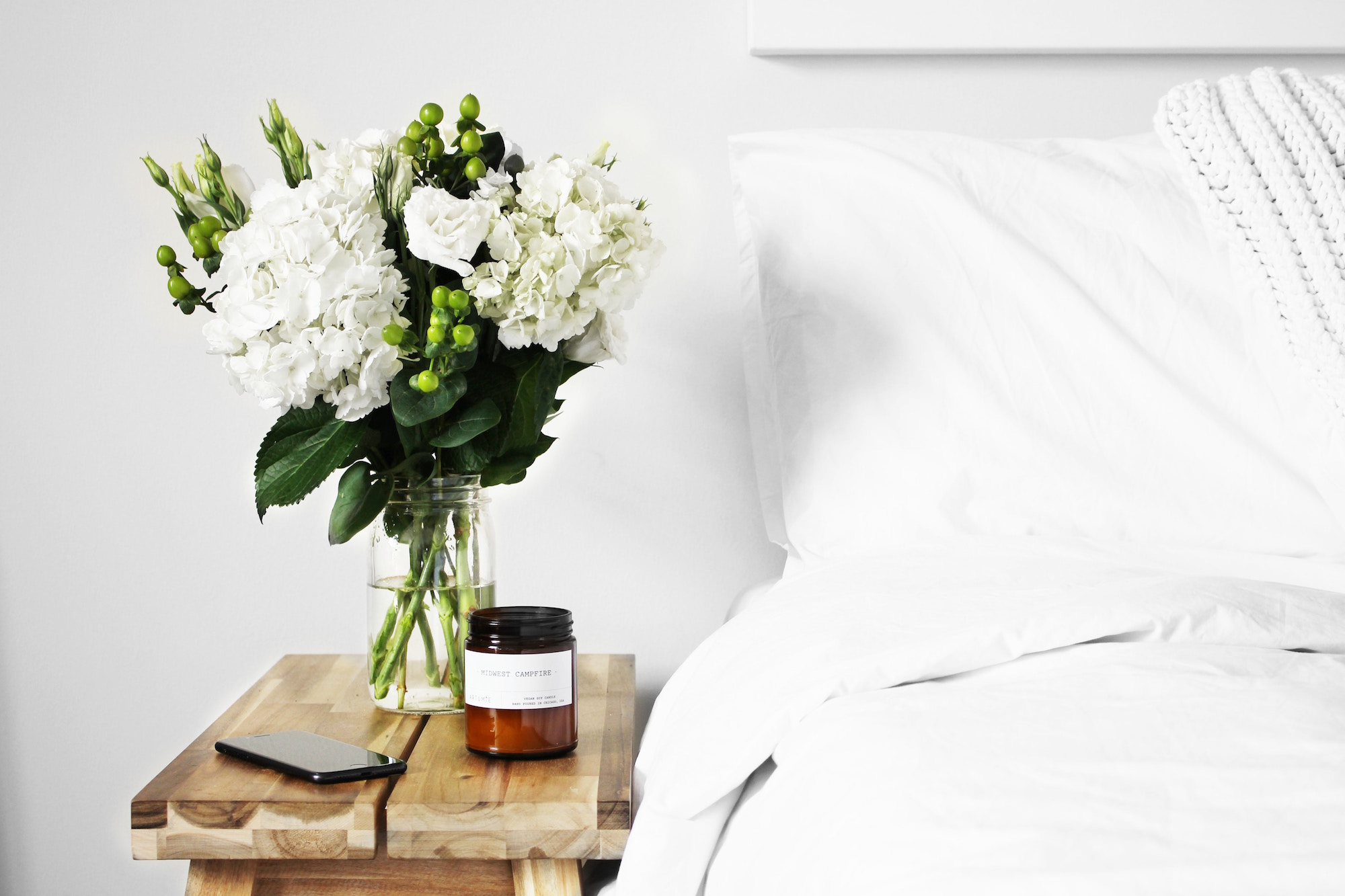
Watch out for Chemicals
If you’ve ever been lured by the words “no-iron” or “shrinkage control” on the packaging of a set of sheets, you might want to know that the manufacturer is really selling you a neat little bundle of chemicals. Those sheets have undergone a chemical finishing process to keep them from shrinking or wrinkling, so if you’re looking for something a little more natural, choose organic cotton instead.
Related: 10 Design Tricks to Make a Small Bedroom Look Much Bigger
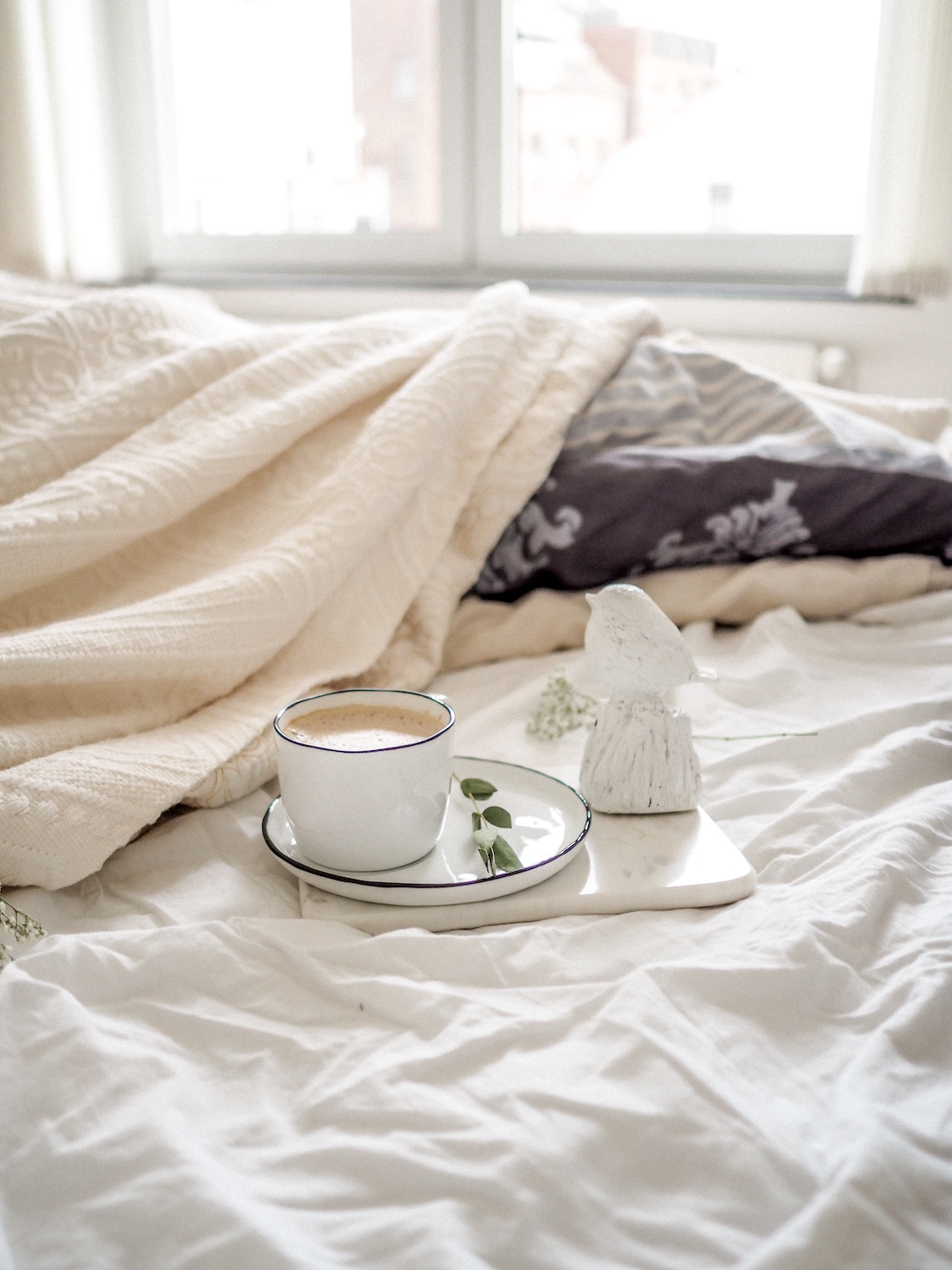
Don’t Forget to Switch Your Sheets Seasonally
There’s nothing cozier than cuddling up to plush flannel sheets on a freezing winter’s night, but that same set would leave you soaked in sweat in the summertime. Your bed deserves a seasonal wardrobe, too, so plan your purchases accordingly. Flannel, jersey and oxford sheets are ideal for the colder months, while breathable cotton and linen sets are perfect for summer.
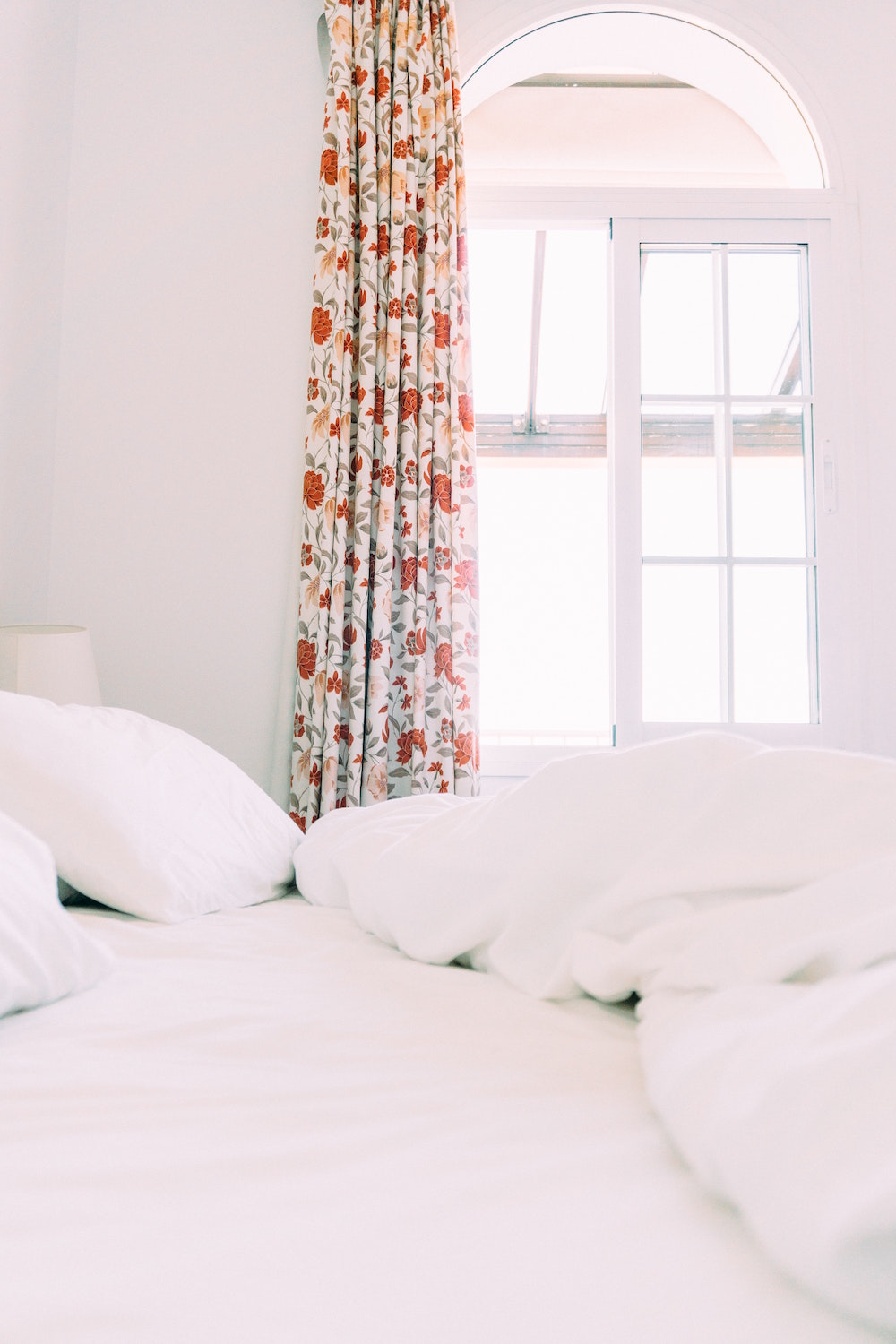
You Need More Than One Set of Sheets
Unless you’re an 18-year-old boy living in a dorm with zero plans to wash his sheets for an entire year – ew – you need more than one set. Three is a great start; that’s one set on your bed, one set in the laundry and one set for backup in case you spill a tub of ice cream all over yourself while eating under the covers. Hey, it happens.

A Heavier Duvet Isn’t Always the Best Choice
Yes, we live in Canada. And of course our winters are cold and seemingly endless, so a warm, heavy duvet makes sense – until it doesn’t. You’ll regret that purchase when the warm weather finally rolls around – or if you’re someone who runs hot at night – so consider choosing a duvet that’s more lightweight, buying one that’s labelled “all season” or investing in a summer duvet AND a winter version.
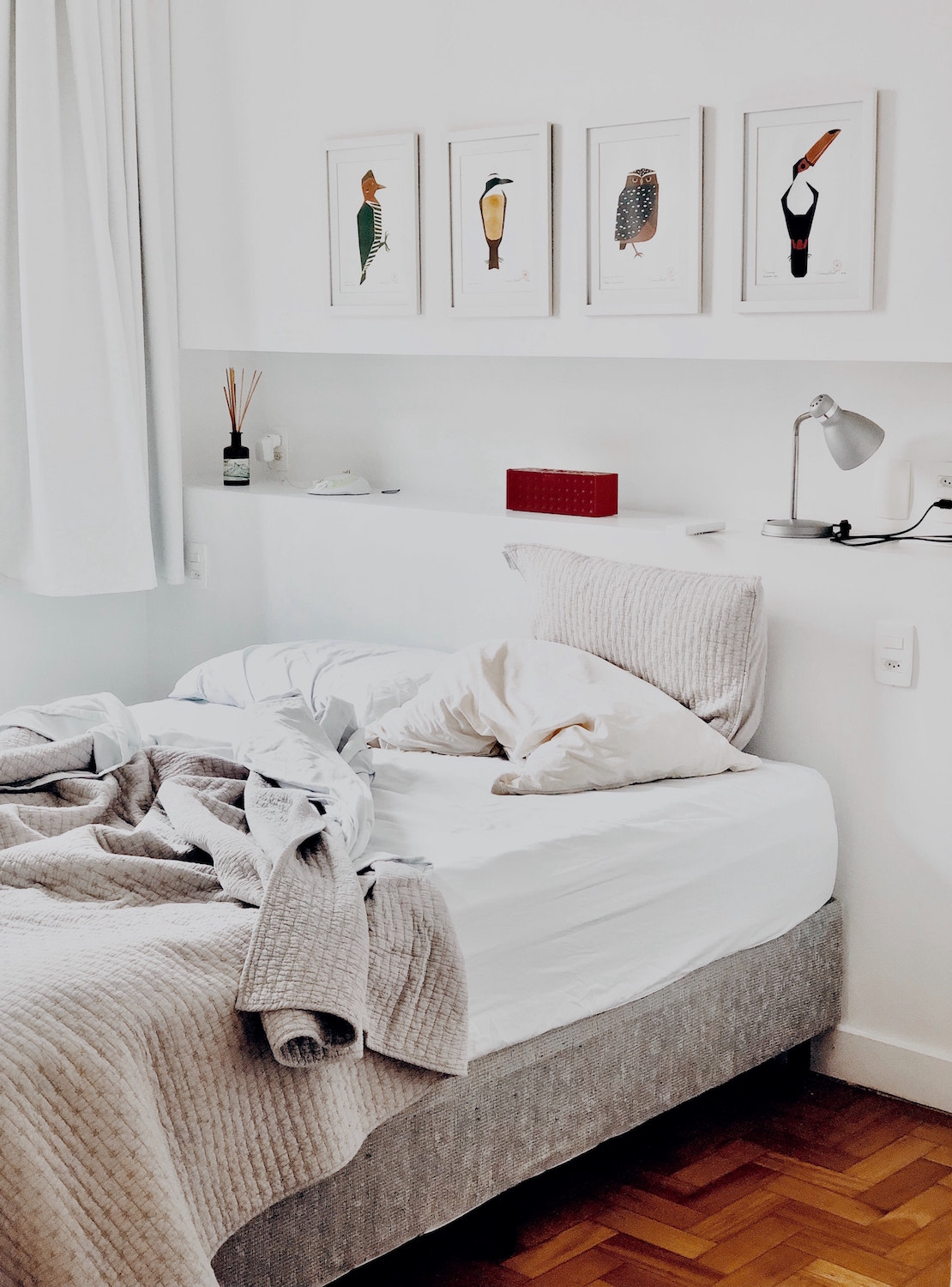
Buy Fitted Sheets That Actually Fit Your Mattress
Buying fitted sheets can be a bit of a Goldilocks and the Three Bears experience. Some will be too big for your mattress, which makes for a sloppy-looking bed. Some will be too small, which means you’ll constantly have to yank them down or risk waking up on a bare mattress. And some sheets will be juuuuust right. The moral of this story? Measure your mattress before you go shopping.
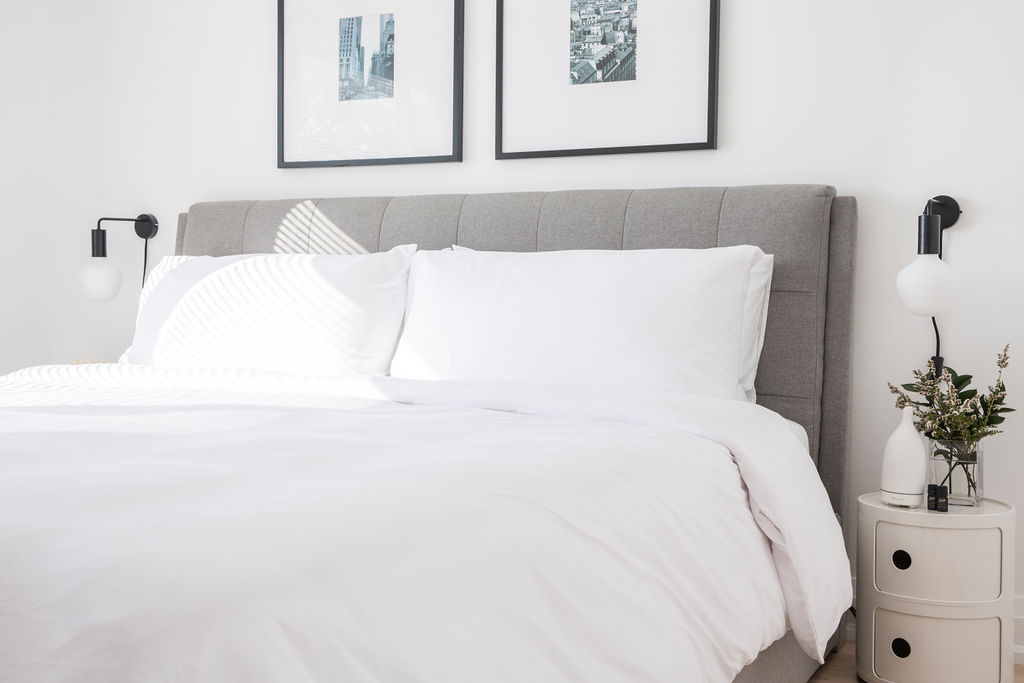
Don’t Buy King-Sized Pillows Unless You Have a King-Sized Bed
There are always going to be people out there who think more is better, no matter what. So a king-sized pillow must be better than a standard or queen pillow, right? That’s debatable. Smaller beds simply don’t have the real estate to accommodate king-sized pillows; they’ll look out of place and make for a very squished (and possibly uncomfortable) sleep situation. Unless you’ve got the room for a king bed, stick with smaller pillows.
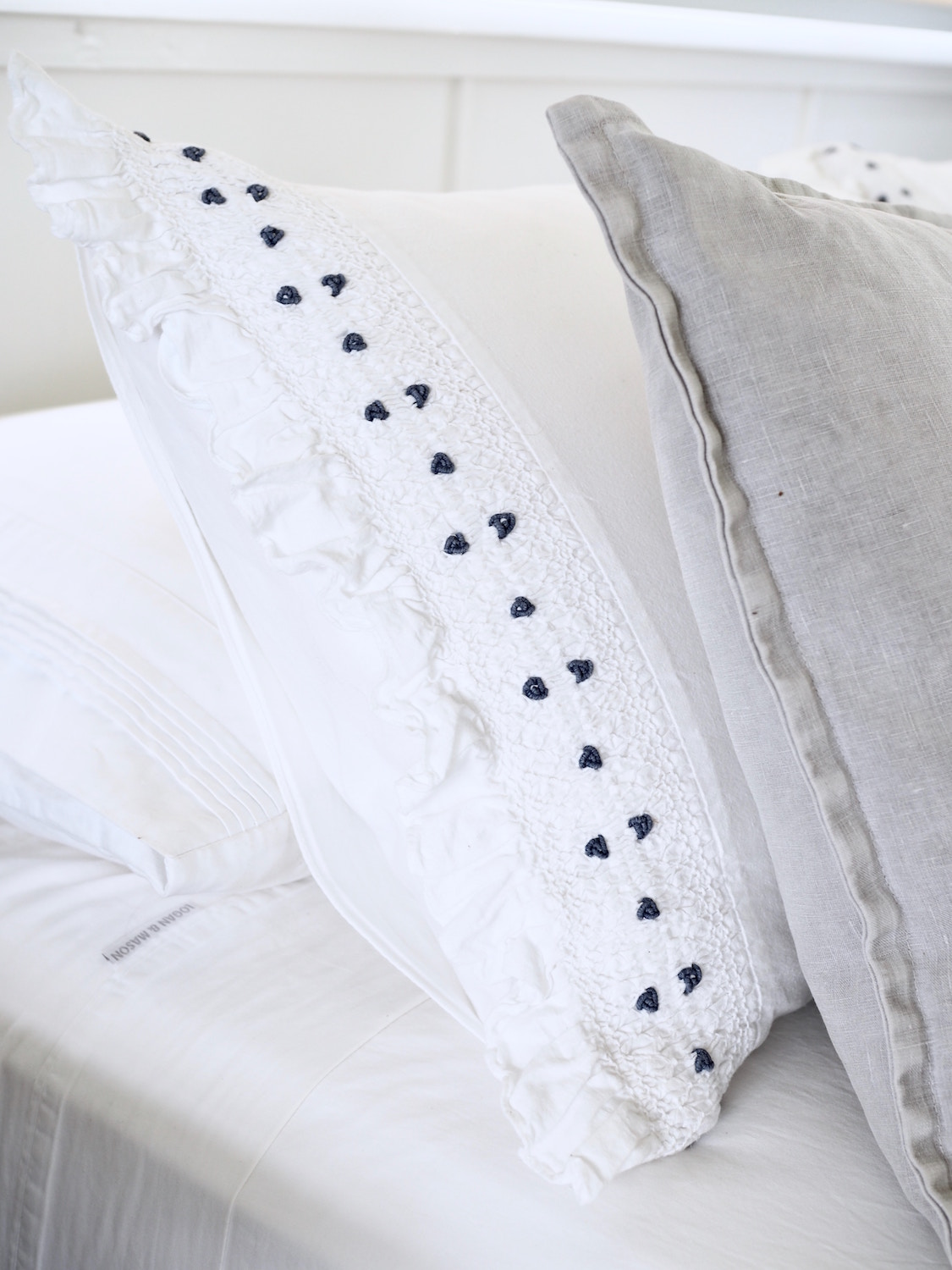
Avoid Embroidered Pillowcases
We’re normally huge proponents of embroidered everything, but when it comes to pillows that are meant for sleeping – as opposed to the pretty ones that inevitably end up on the floor – plain, unadorned cases are best. Not only can embroidered pillowcases feel bumpy and irritating, but there’s a good chance you’ll wake up every morning with weird marks on your face. Leave the extra embellishment for pillows that are purely decorative.
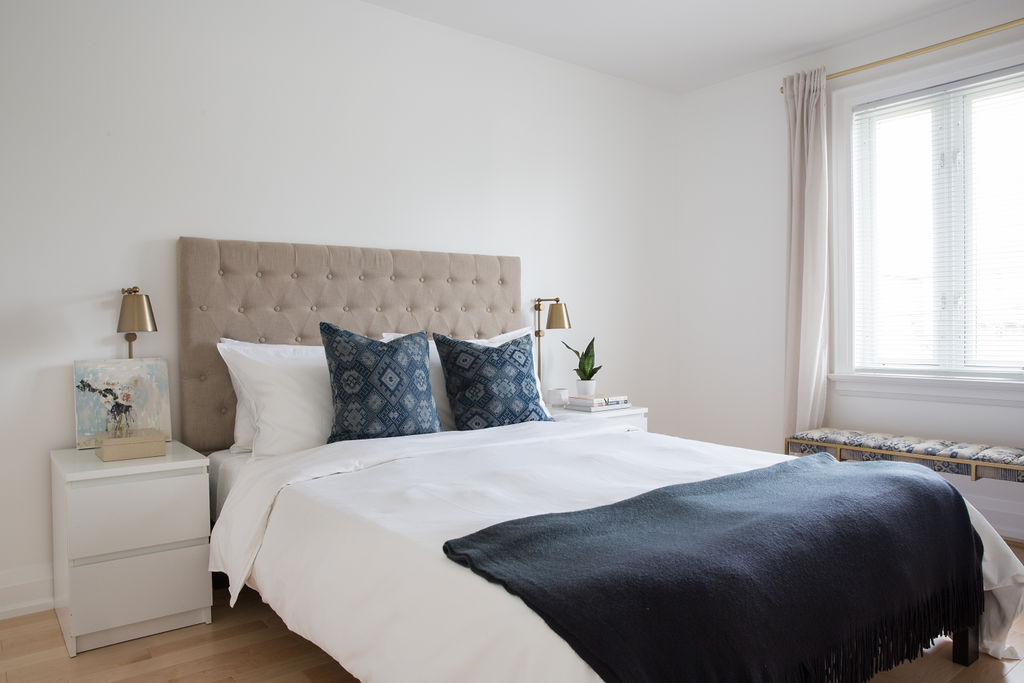
Don’t Buy Pillowcases That Are the Wrong Size for Your Pillows
If the devil is in the details, then surely he’s the one whispering in the ears of confused shoppers everywhere: “yes, buy those standard pillowcases for your queen-sized pillows! It’s all interchangeable!” Don’t believe the devil. You’ll be mad as H-E-double-L every time you change your sheets and try to stuff that slightly-too-big pillow into a slightly-too-small case. Size matters.
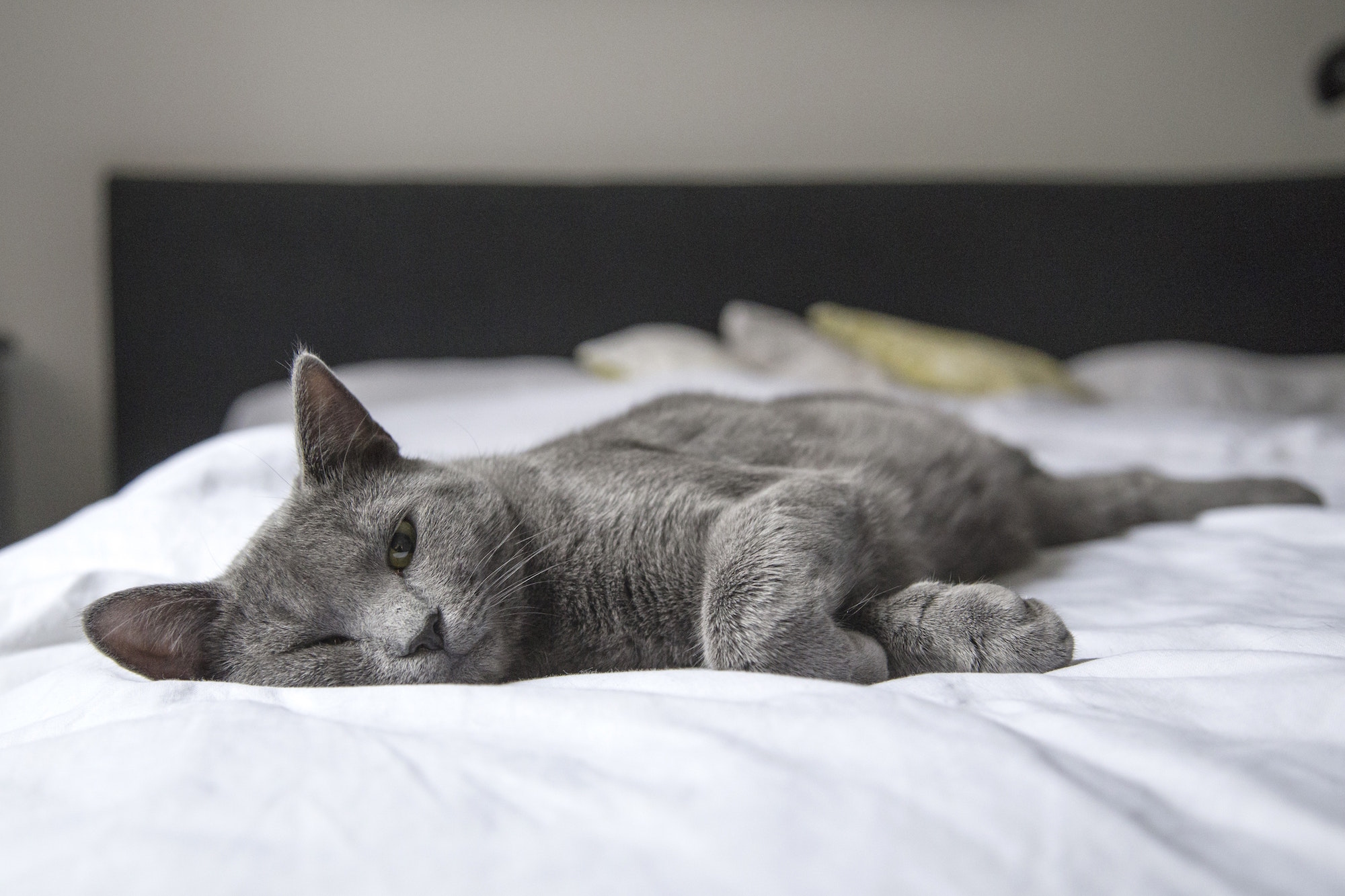
Avoid Microfibre Sheets
We understand the allure of a bargain as much as the next shopper, but when it comes to bedding, you usually get what you pay for. Microfibre sheets are often considerably cheaper than their cotton counterparts, but they’re cheaply made, too, which means you’ll have to replace them more often. Splurge on the best quality you can afford and you’ll sleep like a baby knowing that your sheets are made to last.
Related: The Best Bedroom Plants to Help You Get a Better Sleep
HGTV your inbox.
By clicking "SIGN UP” you agree to receive emails from HGTV and accept Corus' Terms of Use and Corus' Privacy Policy.




